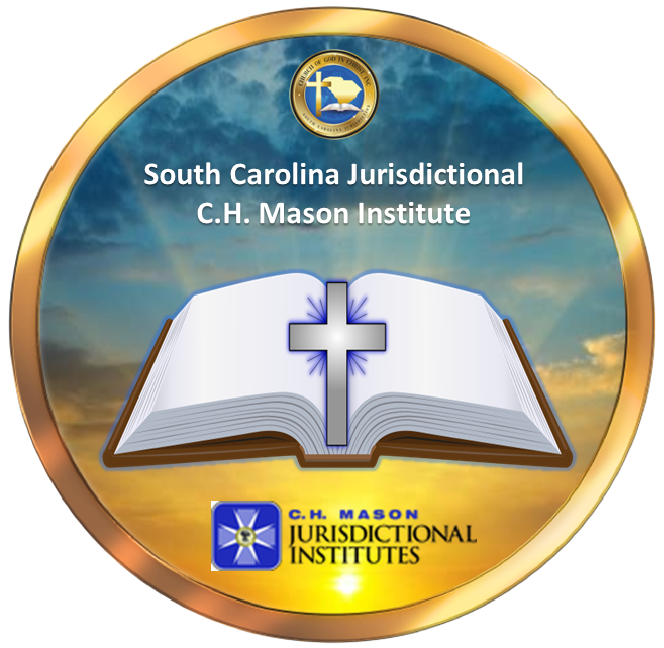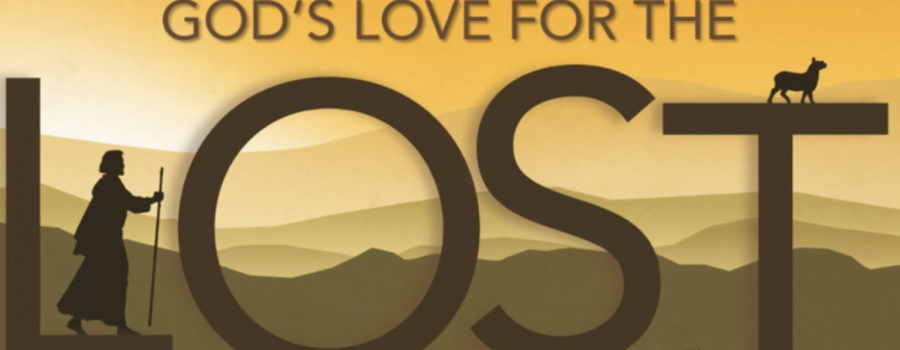This course is a basic overview to highlight the general principles of Evangelism and Witnessing. The aim is to acquaint the student with clear biblical concept of the nature of the evangelism and witnessing from soteriology (doctrine of salvation) perspective.
GENERAL OVERVIEW:
This course will provide a study of biblical models of Evangelism and Witnessing. When one works with people, one must develop the art of being divinely used to bring awareness of the kingdom of God to all of humankind. At the beginning of the class the student must verbally communicate the pinnacle witness of soteriology that has a metamorphic effect on the religious course of the world from a Christian viewpoint.
COURSE OBJECTIVES:
The intentions of this course are that the students will:
- Develop an understanding the nature of evangelism.
- Develop an understanding of evangelistic message.
- Develop an understanding of the motive for evangelizing.
- develop an understanding of the means and methods evangelism should be practiced (group evangelism, planning evangelistic crusades, conducting public witnessing campaigns, and one on one witnessing.
COURSE TEXT(S) AND RESOURCES (MATERIALS)
- Evangelism For the 21st Century( Dr. Kevin Riggs)
- Bible – King James Version only needed as textbook (optional-other versions may be used by student) Optional Resources
- Dictionary
- Optional–Concordance and other study helps as needed
GLOSSARY:
- Divine Sovereignty-involves preservation and providence:
- Preservation: God maintains in existence all the things which He has made, together with all their properties and powers (Colossians 1:17) (Psalm 24:1). Essential preservation is a separate act from creation, for only that which is already in existence can be preserved.
- Providence: God’s continuous activity of God whereby He makes all events of the physical, mental, and moral realms work out His purpose, and this purpose is nothing short of the original design of God creation. To be sure evil has entered the universe, but it is not allowed to thwart(frustrate) God’s original, benevolent, wise, and holy purpose.***
- Soteriology- Doctrine of Salvation
- Evangelistic Soteriology- treats the work of the God-man and its application to individuals by Holy Spirit.*1
- Evangelism- The proclaiming the Good News that the Kingdom of God enters our reality in Jesus Christ(euaggelizo)-Greek word meant in secular usage “joyful tidings”.
- Evangelist-person with a message. ( one of the gifts of the 5fold ministry-Ephesians 4:11/mantle-carriers-(2 Kings 2:13)
- Gospel-Good News-The message of our Lord and Savior Jesus Christ.
- Mediator- A person who attempts to make people involved in a conflict come to an agreement, a go-between.
- Covenant of Grace- Is between the Father and the elect ( St John 1:14 and (Hebrews 9:15)*1
- Covenant of Redemption-Is between the Father and the Son. (Isaiah42:1-6)**2 There is only one covenant, but the promise is twofold, but three parties involve are the first and second persons of the Trinity. (To the mediator)- Make your soul an offering for sin, and I will give you the heathen for your inheritance and the uttermost parts of the world (Philippians 2:9-11) **2 and(to the elect). Fear not, for I have redeem you, I have called you by your name; you are mine, (Isaiah 43:1) Acts 16:31
Messiah is the Old Testament name for the Redeemer and Mediator is the New Testament name for Redeemer. Christ (anointed one) which translates Messiah (anointed one or chosen one) is the proper name in the New Testament. For there is one God, and one mediator between God and the man Christ Jesus (1Timothy 2:5). Man here is the God-man under a human title (such as the title Son of Man or the last Adam(1Cor.15:45). The God-man is written in the Word is appointed and consecrated to work of human redemption (St. John 3:16) by God the Father as the representative of the Trinity (St. John 1:33). Therefore, the incarnate Word (St John 1:14) is also the Messiah, the anointed One (Daniel 9:25, psalm 2:2).
Characteristics of Christ as Mediator:
- The mediator between God and man cannot be God only or man only. (Gal 3:20) Now a mediator is not a mediator of one, but God one. A mediator indicates the weakness of the law.
- Mediator between God and man must be related to both and the equal of either.
- Therefore, the Eternal Word must take man’s nature into union with himself (St. Luke 1:35). If her would be a mediator between God and man. (Hebrews 10;5 – A body have you prepared for me.
- The office of a mediator between God and man is one of humiliation. Philippians 2:5,8
- To unite finite with infinite, infinite is to humble itself. In other words, that which is superior must unite with that which is inferior.
- The mediator between God and man, means a condition of dependence and trust (St. Matthew 11:27; Philippians 2:8) within the Godhead.
- When Christ speaks of preexistence and His original place in the Trinity. (St. John 10;30 – I and my Father are one) (St. John 8:58 – Before Abraham was, I AM.) (St. John 1:1 – In the beginning was the Word, and the Word was with God, and the Word was God.) Essential Christ was already in existence with God.
- When Christ speaks of incarnate and mediatorial position (St. John 14:28 -My Father is greater than I) (St. John 6:38 I came down from heaven not to do my own will, but the will of Him that sent me.
- The Office of the Mediator is temporary. Why? It was exercised in time; therefore, the time will come when it ceases in time. It began in time and what begins in time ends in time (1 Corinthians 15:24.28) Therein Christ must soon or later give up the position of mediator (Hebrews 10:26). (Hebrews 3:13-15) and (Hebrews 10:26). Christ cannot deny himself of His deity; therein He is Creator by reason of His absolute and eternal deity and is from everlasting to everlasting. Jesus He might be God the Son without being God the mediator; but He could not be God the Son without being God the Creator (St John 1:1-5 and 1:14-18).
COURSE POLICIES
The instructor will adhere to all C. H. Mason Jurisdiction Institute policies pertaining to attendance, make-up tests, auditing, etc. Students are expected to be familiar with these policies. Any absenteeism, late assignments, etc. must be cleared (in advance) with the instructor. Where attendance is expected you must be present for at least 90% of the class to be counted as present. You are allowed (2) two absences. It is extremely important for you to attend class, stay current with the material, and actively participate to benefit from this course. You will be responsible for and tested on both the text and lecture material. If miss a class, it is your responsibility to request and obtain information/material given (e.g., announcements, notes, schedule modifications, etc.) from a classmate. In addition, class sessions may not be photographed, audio, or video recorded by student(s). Technology may only be used for note taking and course related activities during class. Students violating this will be dismissed from class. If you require an exception/accommodation regarding use of technology, please discuss your situation with your instruction who will present to the Dean for approval.
COURSE PROCEDURE
This course will be taught using multiple instructional methods, primarily virtual conference lectures. Virtual conference lectures will be used to introduce important topics and highlight specific content within each chapter. Additional instructional methods will include lecture with PowerPoint, case study with group discussion, oral presentation with an associated critical discussion/real-time application, and video discussion. Typically, chapters will be introduced via lecture format and incorporate interpretive discussions. Following the lecture presentation, students will complete homework and engage in further study online using the primary literature to further illustrate the topic and expand learning.
Typical class outline:
- Chapter/Lesson Introduction
- Lecture/Video
- Student Participation – Discussion
- Lecture/Video
- Student Participation – Discussion
- Announcements, Reminders, Student Q & A, and Student Assignment.
Lectures will be presented by PowerPoint; student interactions may be focused in one-on-one or small group discussions. *Assignments will be delivered and completed online. Lectures are geared toward real-time application of personnel, organization, and supervision.
ASSIGNMENTS AND COURSE PREPARATION
Successfully students usually devote a minimum of (8) eight hours per week to study and prepare. Readiness to learn means that you are prepared to discuss the content, its practical relevance and real-time application. I have found that successful students:
- Read assigned material before class
- Actively participate in class discussions, and other relevant thought provoking questions.
- Review online content prior to completing assignments.
Use the schema below to interpret post’s calculation for assignments.





